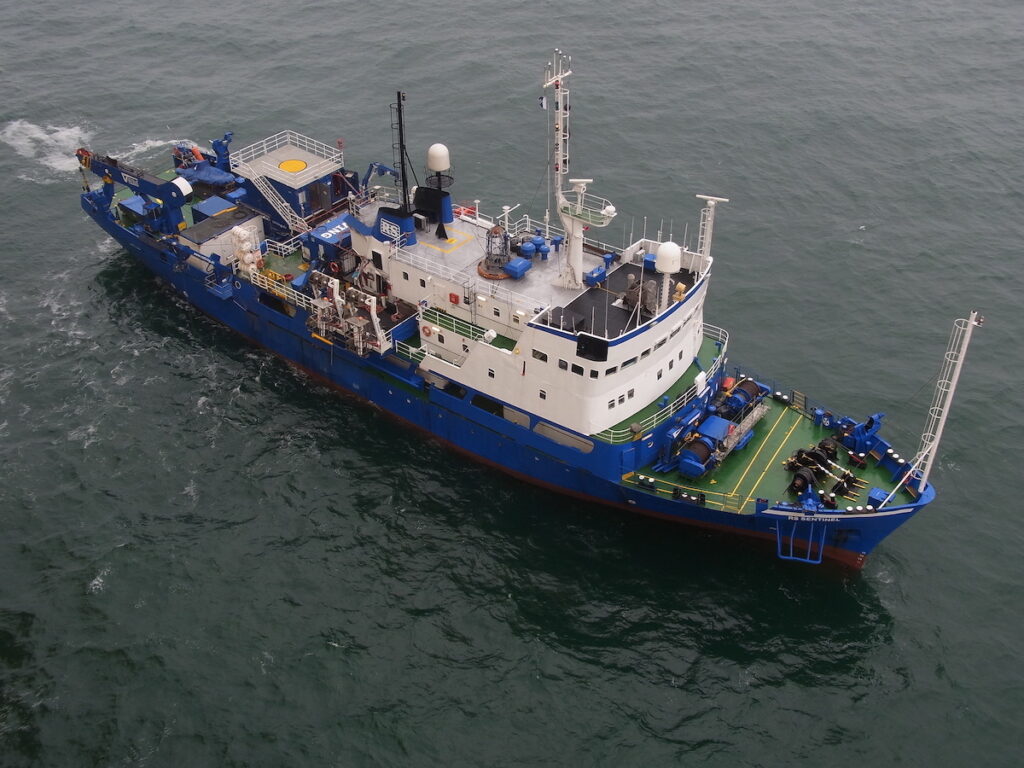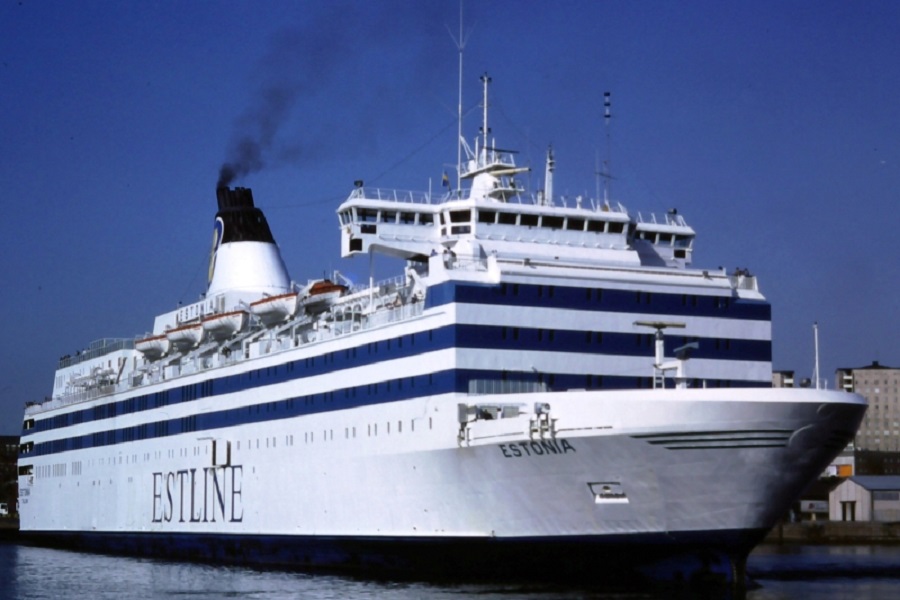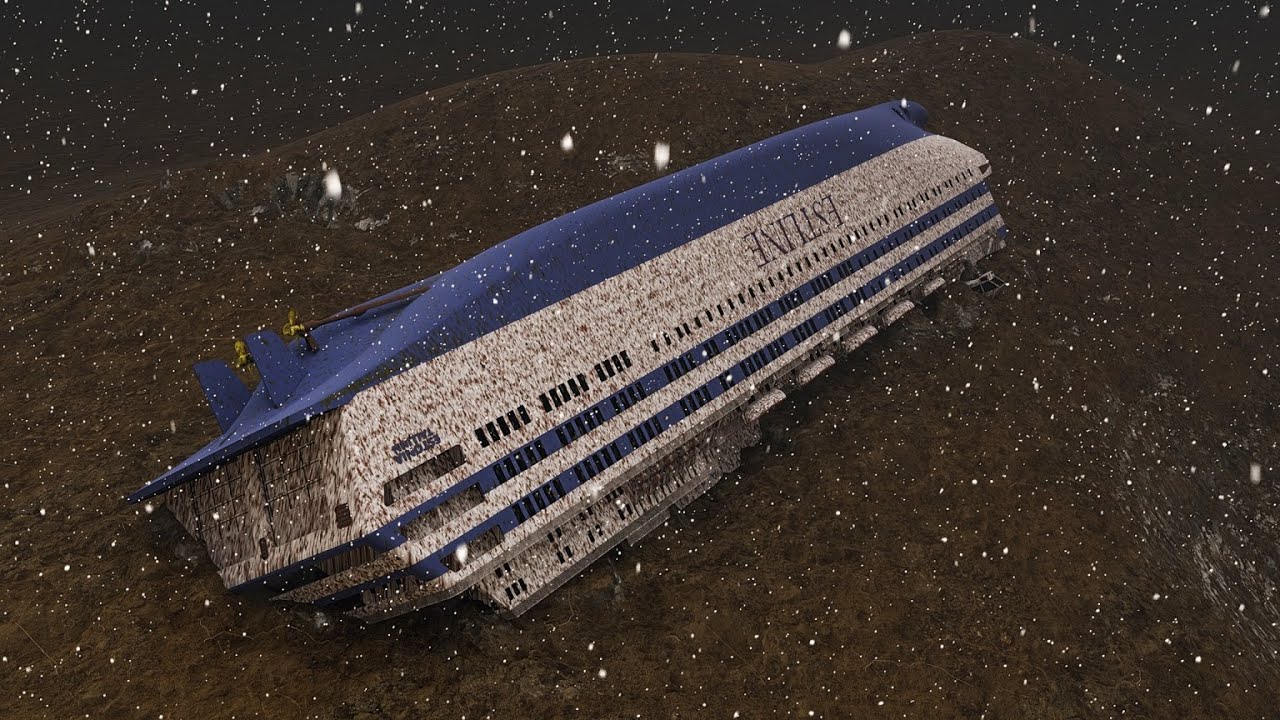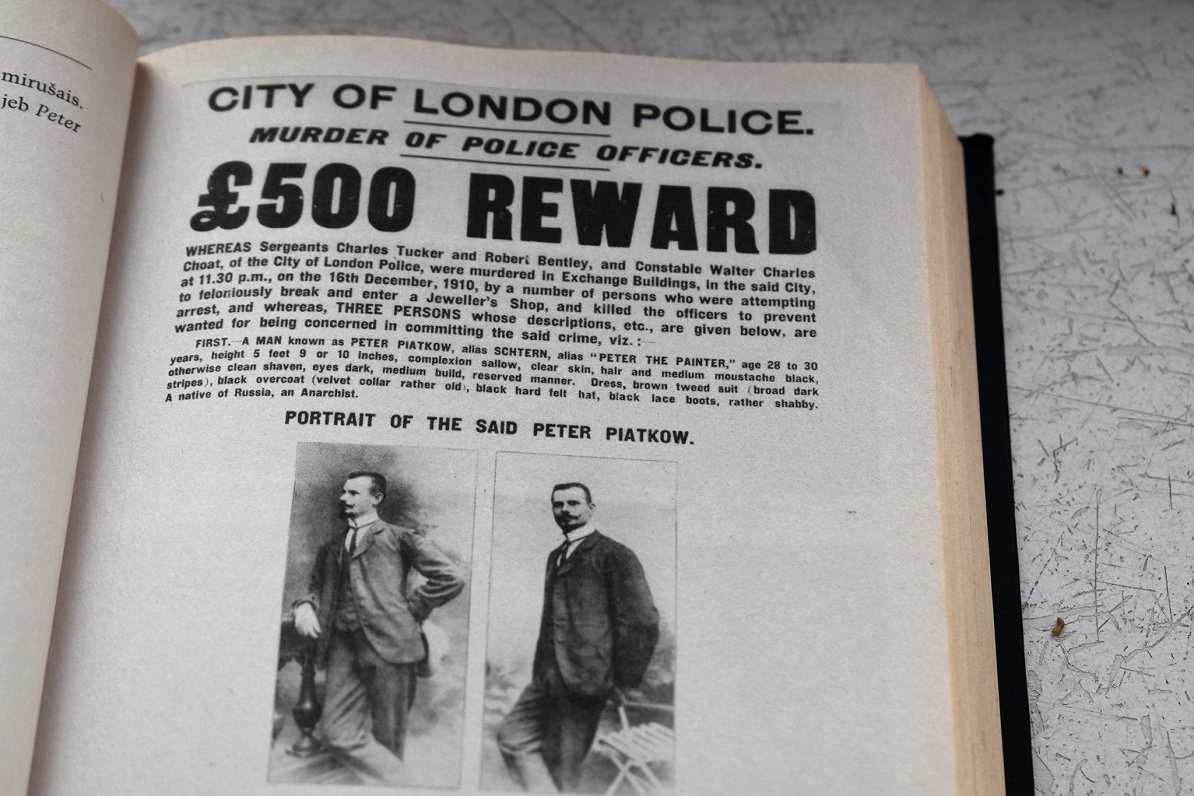[ad_1]
Close relatives of those who died in the sinking of the MS Estonia organized a privately initiated expedition to the wreck of the ferry; the research vessel RS Sentinel, commissioned with the contract, has reached the place where the ferry MS Estonia sank on September 28, 1994 and is beginning an investigation.
The relatives of the victims of the MS Estonia announced at the beginning of September that they had set up a foundation – Mare Liberum – to support their expedition and to privately investigate the wreck of the MS Estonia, which was en route from Tallinn on September 28, 1994 Stockholm sank with 852 dead, the second deadliest sinking of a European ship in peacetime.
New suspicions and questions
The Foundation’s managing director, Margus Kurm – former prosecutor of the Republic of Estonia and chairman of the Committee to Investigate the Sinking of the MS Estonia from 2005-2009 – said: “Although many different investigations were carried out, the survivors and close relatives of the deceased were unable to provide exhaustive answers to the reason for the death of Estonia. “
“On the contrary, the diving missions over the past two years have led to new suspicions and questions that require serious investigation,” stressed Kurm.
The expedition seeks answers to seven questions: Why and when did the visor separate from the ship ?; Did the ramp open fully before the ship sank ?; what exactly are the damage areas on the right deck, when and what caused this damage ?; why and when were partitions of the aft and car decks damaged ?; Does the hull have any further damage that is unknown to us? Which objects are around the wreck and in the assumed trajectory of the ship’s sinking and what do they have to do with the ship’s sinking? ; How exactly were different parts of the ship filled with water?
The first task is to study the sea floor
With RS Sentinel, a diving support ship from the German company RS Offshore, Mare Liberum plans to carry out underwater research and examine the shipwreck on the seabed. The ship has various sonars, two groups of underwater robots and four divers with the necessary research and recording equipment.
“After the evidence is gathered, all material collected is subjected to a thorough scientific analysis. In addition, a 3D model of the bow visor of Estonia has been created, which now makes it possible to examine damage to the visor from a distance, â€said a statement from the foundation.

RS Sentinel reached the place where MS Estonia sank on September 22nd, and the expedition’s first task is to survey the seabed with a multi-beam sonar.
“That doesn’t mean underwater diving – the sonar is under the ship. The plan is to cover the entire area and map the location of the wreck and surrounding objects, â€noted Kurm.
“Then we will carry out the first preparatory investigation with an underwater robot, the aim of which is to determine the exact position of the wreck and to find out whether something can be investigated more closely in the area. If we don’t have any problems, our second underwater robot crew will start the night shift to photogrammetrically scan the damaged areas of the wreck, â€explains Kurm.
The deadliest peacetime shipwreck to occur in European waters
MS Estonia was a 16,000 ton and 157 meter long cruise ferry that was built in 1980 at the German Meyer shipyard in Papenburg. It sailed as Viking Sally (1980-1990), Silja Star (1990-1991) and Wasa King (1991-1993) before being named Estonia. The ferry, then the largest ship under the Estonian flag, was served on the Tallinn-Stockholm route in 1993 and operated by the Swedish-Estonian shipping company Estline.

During a scheduled crossing from Tallinn to Stockholm on the night of September 28, 1994, the ferry sank in the Baltic Sea. The ship disappeared from the radar screens of other ships in international waters around 1:50 a.m. EST (less than half an hour after the first Mayday call), about 22 nautical miles from the Finnish island of Utö.
The ship sank to a depth of 74 to 85 meters (243 to 279 ft) of water.

Of the 989 on board, only 138 were rescued alive (one of whom later died in hospital). This makes it the second deadliest sinking of a European ship in peacetime after the RMS Titanic and, with 852 deaths, the deadliest peacetime shipwreck in European waters. Most of the victims were Swedes (501), followed by Estonians (285).
The official disaster report released in 1997 said the fatal event began when the locks on the ferry’s bow door failed under the load of the waves and the door separated from the rest of the ship and the ramp behind it was ajar. As a result, water got into the vehicle deck, capsized and finally sank the ship.
Title page: A representation of the MS Estonia in the seabed. The sunken ferry is almost upside down.
[ad_2]




